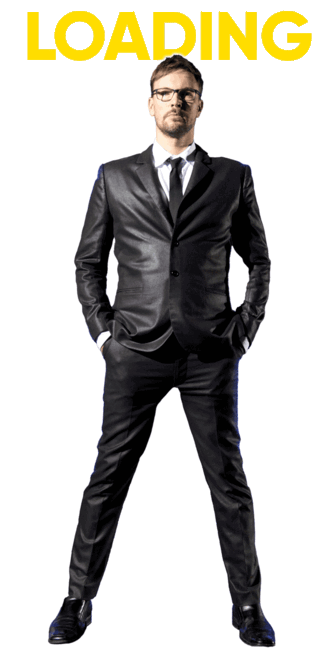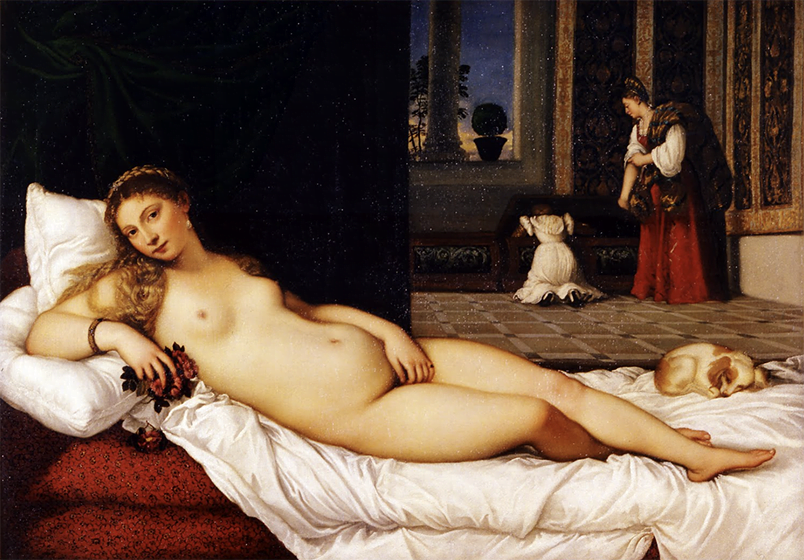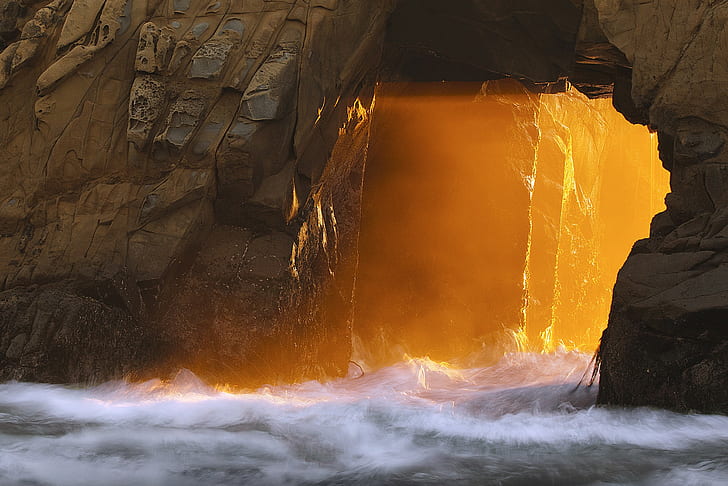I remember when I was in high school at NC School of the Arts, we spoke in terms of how famous we would be. We aspired to a vision of fulfilling the artist’s potential, as scale. How known will I be? A big, golden door would open and we would step through into the realm of the famous and a blinking fantasy would unfold as a lotus and the intertwining choices of a fantasy adventure would present themselves.
Then came a life of what scale actually looks like: that big projects take real work and conflicting opinions and compromise. As the picture grows bigger, more and more interests slowly chip away at the integrity of a pure creative thought. Big things are expensive and with expensive comes expectation. With expectation comes fear and control and safe bets. There are days when largeness feels like the opposite of what we wanted to feel like as students.
I find myself more and more, wanting to get smaller. I’ve been relishing in the ideas that can remain totally within my purview and have no one to answer to. They can exist completely for themselves and don’t need my signature.
In my last apartment, I had a neighbor who kept a hand-drawn, magnetic horse on their front door and I loved it. I started making magnets to feed the horse. I started small and made a little stack of sugar cubes and placed them by the horse’s mouth. Then slowly over time, as the horse looked hungry, I added carrots, jars of peanut butter…some hay.
I have a friend who leaves tiny trinkets around her place of work. The staff finds and collects the toys, thinking a child is playing a game with them. I suppose that’s true. I see so much quiet happiness in her as she calmly witnesses joy sparked in her colleagues.
Finding and re-imagining a broken fan on the street, creating ways to put a smile on the face of my love that he won’t even know came from me, a drawing in my notebook. The pure, small, un-touched, sometimes momentary fits of creativity are so delicious and pure.
I want to make the case for how we over-regulate what creativity is. It can be so relegated to the realm of the professional artist and in many, many ways, into the commercial world…which, ironically, twists and pulls work into something less creative. Ultimately, this kind of thinking disconnects the “real world” from art more than engendering a sense of identification in the audience.
We have to earn money to survive, so how does an artist make a living yet still somehow maintain a pure(-er) connection to the small, specific, authentic seed of their creativity? There are very large elements of Capitalism that inhibit doing something less guaranteed. It’s one of the contributing factors toward sameness that feels pervasive in art today.
I keep hearing of the predicted art Renaissance that is coming as we emerge from the pandemic. But mostly what I see is everyone scrambling back to make money. I think if there is a Renaissance to manifest, it will come from forms that we don’t revere yet. Don’t look to the connoisseurs and the academics to define what that is. The creative revolution won’t look like what we’ve seen before.










